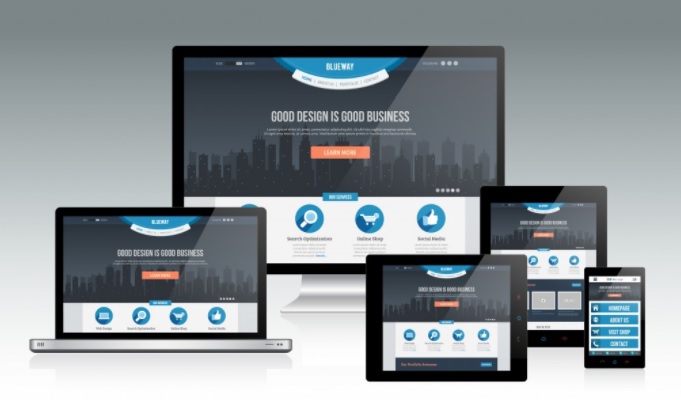Most users determine whether or not to stay on your site based on your blog’s design. That is why you need to put a lot of thought into designing it. Working with a professional website designer allows you to achieve the design you want without much effort.
If you have enough time in your hands, you should work on the design on your own. Website software today are simplified to you to have to be a professional web designer to do this. There are several templates to choose from that would be aligned with the theme you’re going for.
Through web design, you get to leave a great first impression and encourage visitors to come back for more. Soon, they’ll be hooked on your content and become loyal customers. If you specialize in offering custom dissertation writing service, make sure that students can relate with your web design.
When your site looks elegant, visitors become more trusting that your services are satisfactory. The effort you put into making your site presentable speaks a lot about your work ethic. To make your site marketable, ensure you focus on the design as much as you do with the content.

Here are eight tips to help you improve your blog’s design.
1. Work on page Speed
On average, your site’s pages should be 1246 KB, and anything larger than this is problematic. Large webpages is bad for your website design because slow down your site. This is not good for your blog because it reduces your click through rate.
If your website does not fully load after three seconds, users are likely to hit the back button and look for other options. You have just one shot at making a good first impression. If your page loads slowly the first time, that is all a user will associate with your blog.
2. Reduce Bloat
An excellent way of reducing your page’s bloat is optimizing the size of your images. Even though visual illustration is good for engagement, if your images are too large, they impact the performance of your pages. Also go for quality images that are clear and attractive.
Another way of reducing bloat is removing any redundant line breaks in your CSS code. Be sure to have limited social sharing buttons on your blog. Having these on each and every page is very unnecessary.
3. Make your Content Evergreen
The nature of your content also impacts the design of your blog. Many people want up to date information for more accurate research. If a user clicks on your link and they realize your article dates years back, they’ll look for a more recent article.
Always update your blogs so that users can find then relevant and useful even after years of publishing.
4. Be Future-Oriented
When you’re writing, create content that will be useful regardless of the years a user clicks on the link.
Being future oriented allows your blog to stand the test of time. This way, you gain traffic from all your articles and this boosts conversion rate.
5. Simplify Navigation
Anyone attests to leaving a site if they can’t seem to find what they’re looking for. There is no need to complicate navigation because users don’t come to your site for an ‘escape room’ adventure.
People are very busy today and they want sites that point them to the right direction. If you’re having trouble coming up with a simplified design, consult with a professional web designer.
6. Show off your Best Content
Your site’s layout should show off your best content. This means displaying the most creative and unique article on the home page. This encourages visitors to stay longer. You need to conduct a survey to find out which articles bring in the most traffic. This will help you decide which articles you should have on the home page.
7. Make your Site Presentable
This covers everything from the color coding, your font size, and the background and so on. A presentable site encourages users to come back again. Make sure you strive to make your blog aesthetically appealing.
8. Make your Site Mobile Friendly
More and more people are using their mobile devices to browse the internet. That is why ignoring mobile users will cost you a lot of traffic. Optimize your website design for mobile. This way your blog loads with the same speed and quality on mobile devices as it does on web applications.
Conclusion
Web design plays an important role in the success of a blog. Make sure you pay attention yo these tips and work towards improving your blog’s performance. Remember you have just one shot at making a good first impression.